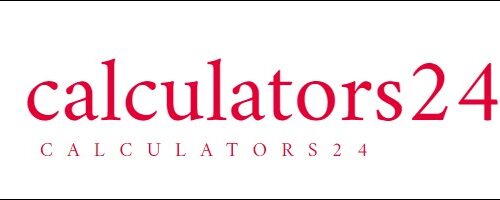Enter the number of bits:
Result:
Exabits (Ebit)Navigating the Digital Data Universe: Deciphering Bits to Exabits Conversion
In the vast expanse of digital data, comprehending the sheer magnitude of information becomes imperative. The focus of this exploration lies in the intricate world of “bits” and “exabits,” fundamental units that measure data in the digital realm. This article not only sheds light on these concepts but also introduces an efficient converter facilitating a seamless transition between these units.
Bits: The Elemental Entities of Digital Data
At the nucleus of digital information are “bits,” a term derived from the amalgamation of “binary digits.” These bits, existing in binary states of 0 or 1, form the elemental components of all digital data, be it textual content, images, videos, or software. In essence, bits serve as the bedrock of digital communication and computation, essentially constructing the entire digital landscape.
Exabits: Scaling Data to Monumental Proportions
In an age characterized by insatiable demands for data storage and transmission, units like “exabits” become essential to quantify colossal volumes of information. An “exabit” (Ebit) stands as a colossal unit of data, representing an astronomical figure of approximately 1.15 quintillion bits (1,152,921,504,606,846,976 bits). Commonly employed in describing extensive data transmission capacities, especially in telecommunications, high-speed networks, and data transfer rates, exabits underscore the need for measuring data on a truly monumental scale.
Bridging the Gap: Converting Bits to Exabits
Transitioning from bits to exabits involves navigating the expansive scale that separates these two units. The conversion process adheres to a simple formula:
javascriptCopy code
Number of Exabits (Ebit) = Number of Bits / 1,152,921,504,606,846,976
For enhanced convenience, we present the “Bits to Exabits Converter” above. Input the desired number of bits, click “Convert,” and witness the instantaneous display of the equivalent exabit value.
Understanding the interplay between bits and exabits proves indispensable in the era of big data and high-speed digital communication. This converter functions as a user-friendly tool, facilitating a smooth transition between these units and ensuring efficient data management and communication. In a world where data volumes perpetually surge, mastering this conversion becomes a strategic asset for navigating the evolving digital landscape.
